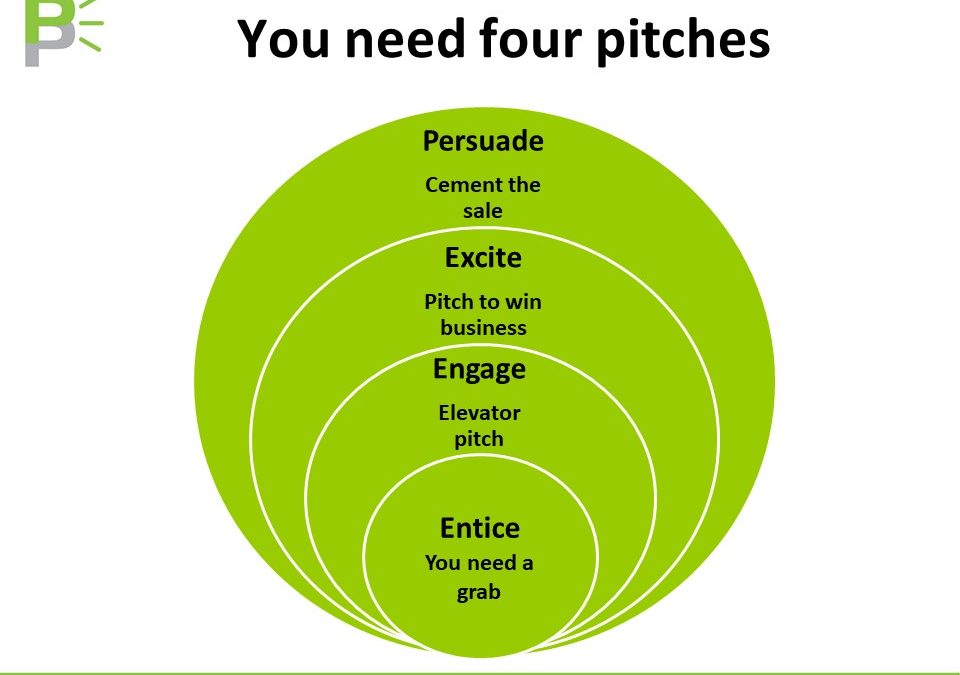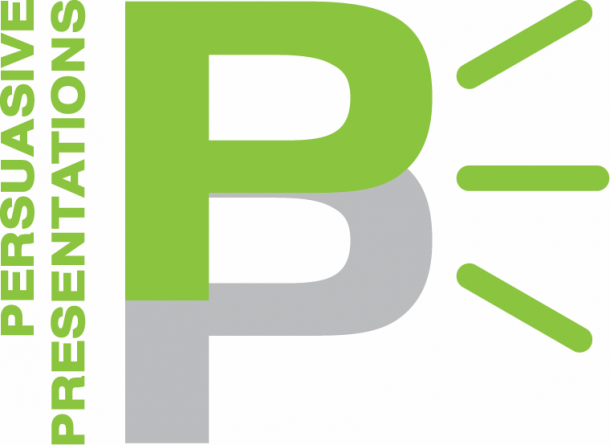Several years ago, I worked with a client who had to give a three-minute pitch in order to qualify for millions of dollars in research funding. He spent the whole of the three minutes explaining how brilliant he was and the work he had done previously.
And I thought to myself; this reminds me of a really bad date.
Now it’s been many years since I’ve been on the dating scene, but I still remember going out with guys who made it all about them. All they could talk about was their car, their high-paying job, how they could bench press 120 kg and run the City to Bay in under 50 minutes.
Here’s the interesting thing with a pitch. The audience doesn’t care about you and your brilliance and your widgets, what they care about is how is that going to make their lives easier and help them solve their problems.
The first step in creating persuasive pitch, is to amplify the client’s problem, share your understanding of its impact and then talk about how you will help them solve it.
One pitch is not enough, you will need four.
Each of these presentations builds on the foundation of the previous pitch
1. Entice – Your Grab
Your Grab is like ‘the foot in the door.’ Your goal here is to have people lean in and say” Oooo, that sounds interesting!’ Your grab should be short sharp, shiny, and specific
.
You can have a personal grab which is about you, or a product or business grab such as:
“Our product ‘SunCard’ is a solar panel that folds up into a credit card sized pouch and in full sun, can charge your phone in as little as 15 minutes.”
2. Engage – Elevator Pitch
One of the misunderstandings about the elevator pitch, is thinking that you get into an elevator with Richard Branson and you have to speak-really-quickly-to-get-a-sale before you get to your floor. The goal of the elevator pitch is not to throw yourself as an individual, but to have them lean in and say, “That’s really interesting here’s my card, give me a call.”
An elevator pitch is built around your value proposition statement, and would go something like this:
“If you’re anything like me you are lost without your phone and there’s nothing worse in a flat battery when you’re out and about. Our product Suncard is for people on the go who need their phone charged quickly. Suncard is a portable solar panel that charges your phone in under 15 minutes. Unlike other chargers Suncard is small and compact and can be kept in your wallet which is why it’s perfect for people who are travelling, camping or on the go. What do you think?”
3. Excite – Pitch presentation
If your elevator pitch is successful, you may be asked to a meeting to pitch your idea or business.
This is where you tailor your material to meet your objective and the client’s needs. It is important to understand what it is you are pitching for. Is it a contract, trial, funding, or an order? The structure of each of these pitches will be very different. You can read more about pitching here.
4. Explore – Persuasive Presentation
Congratulations you made it to the next level! The persuasive presentation is like a product in-service. This is where you dig into the detail. My recommendation is to deliver a 10-minute overview for context, and then make it all about the customer and uncover their wants and needs and tailor your presentation accordingly. As the name suggests it is all about exploration, you want to uncover any concerns or objections they may have an address them in order to move forward.
One last thing…
You are probably going to need slides, these slides are often referred to as the pitch deck. But one slide deck will not meet all your needs.
There are two types of pitch decks you should prepare:
- For your presentation
- A larger slide deck you email out to interested parties
A big mistake I see is people using the same slide deck to email and present with. The slide deck you email has a lot of detail and includes everything from your idea, the market, competition, through to business financials and marketing strategy. It reads like a document.
The pitch deck you present with should be based on visuals as presenting with large amounts of text on screen increases cognitive load and reduces retention.
All the best with your presentations and pitches, and if you need any help, give me a call.
- The Three Networking Circles You Need - April 15, 2024
- Mind Matters - February 1, 2024
- Are you a boss or a leader? - September 22, 2023


